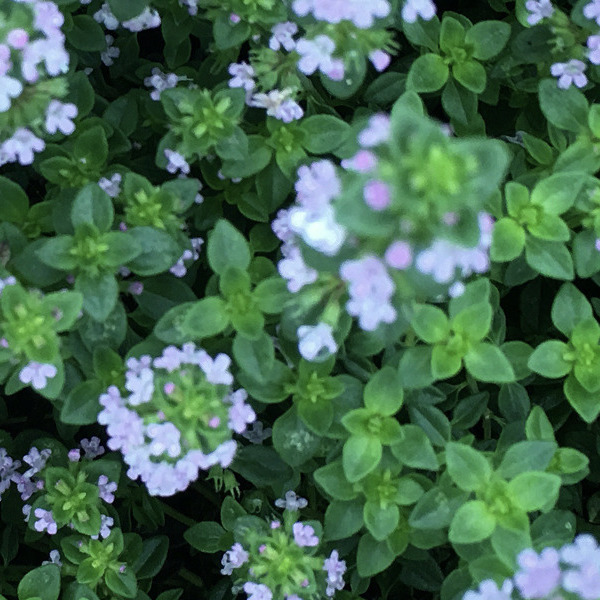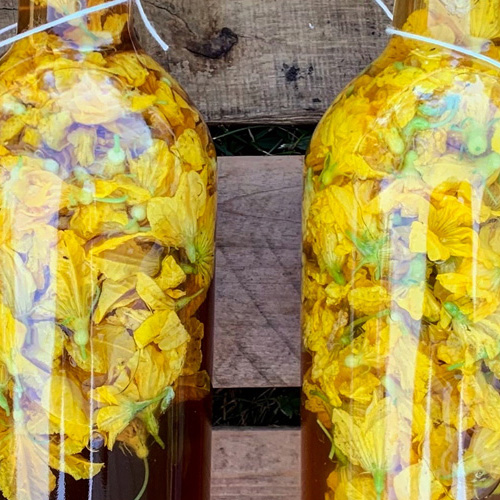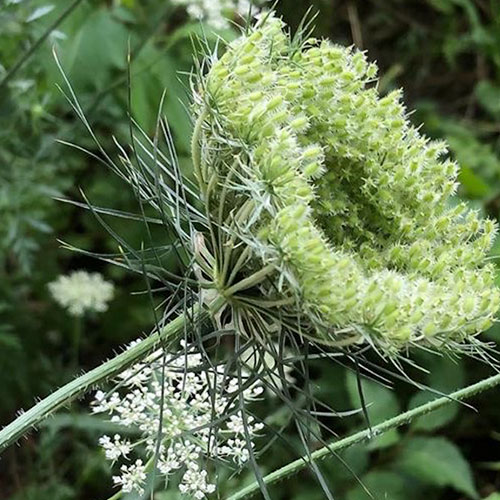I don’t remember a lot from high school, but I do remember one of my agriculture teacher Mr. Watson’s classic rants. Almost always good-hearted, almost always full of shit, Richard A. Watson often went off on these tangents, which sometimes ended in a joke, a moral, or both. This time, though, he was trying to instill ambition into the dozen or so Lincolnwood High School students—there were thirty-two in my graduating class, so this was actually a decent-sized gathering—sitting in front of him, rolling their eyes and chewing tobacco.
“You can be anything you want,” he told us. “Someone in this room could one day become the mayor of Morrisonville. No one knows what they’re gonna be. In all my years of teaching, I’ve only had one student who knew what he was going to be, and that was Bruce Ray. He always wanted to be a farmer, and he became a farmer.”
He had a point. My dad started helping his dad in the field in his early teens, and he’s still farming to this day in central Illinois—sixty-seven years young. We joke that he’ll die in a field, but are we really joking? His corn and soybeans have paid the bills for decades, but I don’t know of anything he can’t grow: pumpkins, raspberries, cotton, all manner of vegetables, myriad trees and bushes, rows of sweet corn for days, ginseng, whatever unusual thing pops into his head or catches his intrigue on YouTube.
In recent years, he’s been bitten by the wildflower bug. Cosmos, zinnias, milkweed… He’s planted acres of them on the property he and my mom call home. It’s effortless and pleasurable, the way he can fill ground with blooms, and he crafts winding paths through the outstretched rows of flowers so that others can enjoy them as well.
It’s gorgeous, of course, and it’s inspiring. Thanks to Bruce Ray, I’ve enjoyed growing stuff from a very young age. I’ve mostly stuck to houseplants and vegetables. But during the heat of the pandemic last fall, back when we were all grasping for newness, I decided I needed a wildflower jungle of my own. Nothing quite as ambitious as my dad’s—just a little stretch of ground filled with colorful petals where I could sit and drink beer and make friends with the bugs.
In recent years, he’s been bitten by the wildflower bug. Cosmos, zinnias, milkweed… He’s planted acres of them on the property he and my mom call home. It’s effortless and pleasurable, the way he can fill ground with blooms, and he crafts winding paths through the outstretched rows of flowers so that others can enjoy them as well.
![]()
I did it, and you can do it, too, provided you have some yard you’re willing to reinvent. It requires some effort and a little money, but it’ll bring you unending joy. Here’s how:
Choose your space, then tear it up. It may seem obvious, but it’s worth saying anyway: Pick a spot that’ll get a lot of sun. For my first wildflower jungle, in front of my house on the east side of Atlanta, I knew I wanted to use the six-foot-by-forty-foot strip of grass in between my yard and the street. That was a lot of grass to tear out, so I paid someone else to do it. For my second wildflower jungle, at my brother’s place in a slightly more easterly part of the east side of Atlanta, I was working with a strip of four feet by fifteen feet, so I did the work myself. Clearing an area of that size took me maybe an hour-and-a-half total, and came with a bunch of weird sore muscles that I don’t normally use and a sense of accomplishment.
Which is to say: This part sucks, but it’s also by far the most important part. Wildflowers are nimble and wily, but you’ve gotta get rid of the competition. If you have a tiller, till up the grass. (But let’s be real, if you had a tiller, you probably wouldn’t be reading this.) If not, you’ll need to use a shovel to get it all out. Dig down, then under, down, under, down, under, until you’ve removed all the annoyingly rooty chunks of turf. Then, start raking. Rake out the roots. Rake the hard parts of the soil so they loosen up. Rake until your hands hurt, drink a big glass of water, then rake some more. At some point, you’ll decide you’ve done enough, give up, and move on to step two. This is fine. You did great.
Put down some soil. You want the wildflowers to feel welcome, so pick up something that’ll get them off to a good start. Most recently, I used Sta-Green Flower & Vegetable Garden Soil Plus Fertilizer, because it looked reliable, wasn’t too expensive ($4.28/cubic foot), and was in stock at my local Lowe’s. You just want some nice organic matter. If you compost, throw some of that in there for fun. Same goes for fertilizer. I’m partial to worm castings because they seem to make my plants happy and it’s fun to call them “worm poop,” especially if you have a four-year-old in the house, as I do. Your mileage may vary on all of this, so just do what feels right, fits your budget, and makes you happy. Again, the wildflowers are likely gonna grow either way, with some water and sun, but you might as well give them as much encouragement as possible.
Plant some seeds in that soil. Here’s the fun part. Start by consulting an expert to see what grows best in your part of the world. I reached out to Monica Ponce, an ATL flower expert who recently moved to town after spending some time living a dream life on Cumberland Island. She pointed me to Eden Brothers’ Southeastern Mix, a delightful melange of a couple dozen different flowers—Red Corn Poppy, Coreopsis, African Daisy, Baby’s Breath, etc.—that are native to my region. Chances are, there’s a smart person in your town that can point you to something like this. If not, try googling “[insert your state here] wildflowers” and go on an internet adventure. I believe in you.
As for the planting, you can just scatter the seeds liberally across your fancy new soil. Seriously, just get your Johnny Appleseed on and have fun with it. Maybe listen to some Tom Petty while you’re at it. Once the seeds are broadcasted (this is a cool word Monica taught me, by the way—feel free to use it like you know what you’re doing), walk across it deliberately but gently. You can use a rake to incorporate the seeds into the soil if you prefer, but I find the walking to be fun and relaxing in an almost-ASMR kinda way.
Water and wait. Once you’ve done the seed walk, give that soon-to-be-jungle a hearty soak. A hose that sprinkles gently is best, but not everyone has a hose, so live your truth. I actually use an old gooseneck pour-over coffee kettle to water my garden because I like the specificity of it. Depending how the weather goes after that first watering, you’ll want to make sure to soak down the bed a couple times a week until the seeds get established. In my experience, you’ll have tiny plants popping their heads out of the soil within five to seven days, and full-on seedlings within a couple weeks. Typically, Mother Nature will handle it from there. Great work! You’re gonna be insufferably tweeting about wildflowers before you know it.




